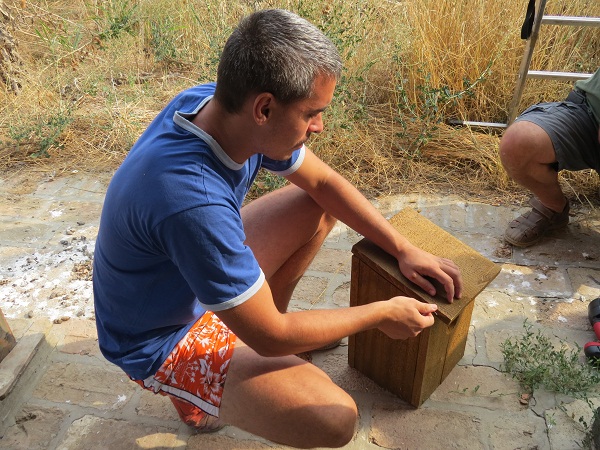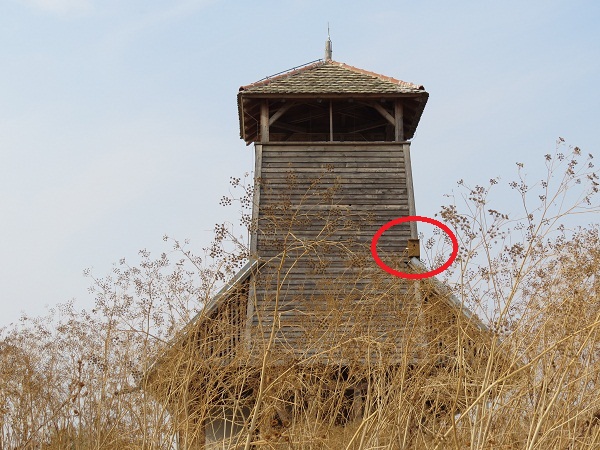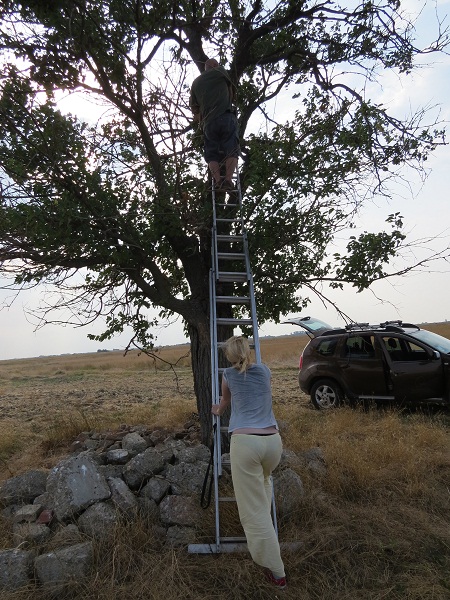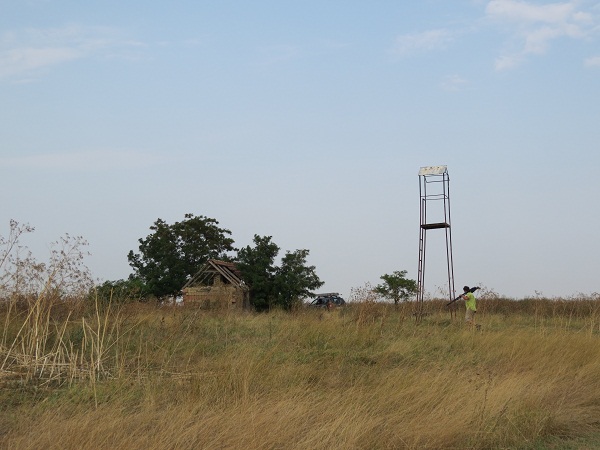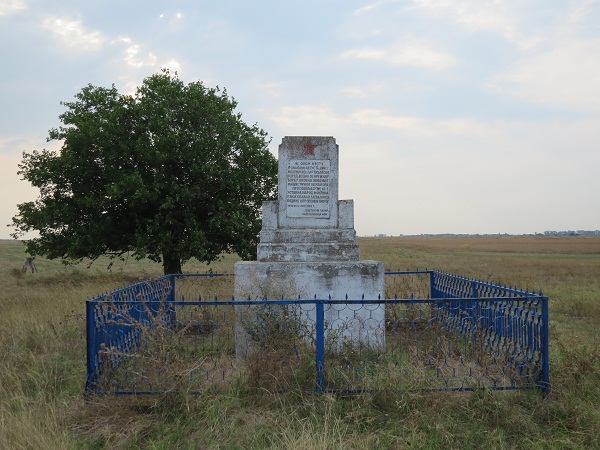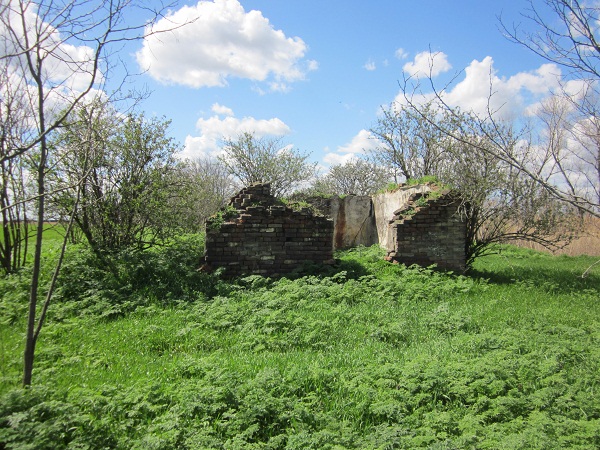As part of the protection program of european roller, members of the Association for the Protection of Great Bustard were setting up birdhomes in the Special nature reserve "Pastures of Great Bustard".
European roller prefers smaller or larger grassy area, where it can find the appropriate amount of food and nesting cavity. The main cause of the disappearance of this bird is man's impact on habitats that are significantly modified or completely vanished. Expanding the arable land man destroys terrains such as grasslands, heath and loess grasslands. The suppression of grazing cattle and wide application of chemicals in agriculture adversely affects the population of the european roller and the insects that are european rollers food. The lack of suitable hollows for nesting contributes to reduction of the population .

One of the active measures of protecting the population of european roller is the placement of artificial cavities. Artificial cavities are made of black pine and lacquer protected from the outside so that the average duration of it is about 10 years. Roof of the boxes can be opened, for later control, but it is firmly attached and sealed to protect birds from bad weather and potential predators. The entrance hole is located on the front and its size is between 63 and 67 millimeters. Through a smaller hole european roller can not pass, and if the hole is bigger other species that nest before european roller such as kestrel and jackdaw can have access to the cavity. Furry predators, such as mink may pose danger, they can destroy a whole litter and bird broods.
When placing the cavity it is necessary to find a suitable location. A good place might be a group of trees, lonely tree, forest edge or pole. An important aspect is that the cavity is visible, so that the birds can easily find it. European roller does not bring any material to the nest, so it is important that the birdhouse should be filled with sawdust or hay dry enough that the birds can make a cup from which the eggs will not roll away.
The SNR "Pastures of Great Bustard" found a few sites suitable for the installation of cavity.
1. Visitors Center
Behind the thick hay surrounding the visitor center you can see birdhouse at the right "wing" of the building. Cottage overlooks the central part of the reserve in which, for the most part, are pastures and meadows.
2. „Drаžićev sаlаš“
At the site of the former farm are the remains of hearths, which has now been converted into arable land. As a reminder, still rises an old mulberry tree, which on this occasion served as the home of an endangered species.
3. Farm at the metal lookout
Near the dilapidated farm there are a few trees, that served as post to set up birdhomes on them. There is a metal lookout there that hunters use as an observation post for the hunting of wild animals.
The farm was abandoned over 20 years ago and it is in such bad shape that the real question is whether it will withstand the coming winter. These farms have small historical value, because in them can be found the remains of farming life: the brutal winter, loneliness and plenty of time, which in our comfortable chairs we can only imagine.
4. The partisan monument
Not far from the monument to fallen partisans in World War II is the willow on which the birdhouse is set.
The monument reads: "In this place and its vicinity, August 1941st The Mokrin partisan unit led the armed struggle against the German fascist invaders. Celebrating the 15 year anniversary of the uprising, people of Mokrin in memory and gratitude raises this commemorative plaque. Mokrin, 4th july 1956. The Municipal Council of the Association Liberation War Veterans"
5. „Džinov sаlаš“
Walking through the "educational path" that leads to the visitor center at the entrance to the reserve, one comes to the demolished "Džinov sаlаš". The ramp to mark the beginning of the reserve and a restraining order for unattended control used to be located here.
Birdhome for european roller is set on a tree located 50 meters from the farm.




